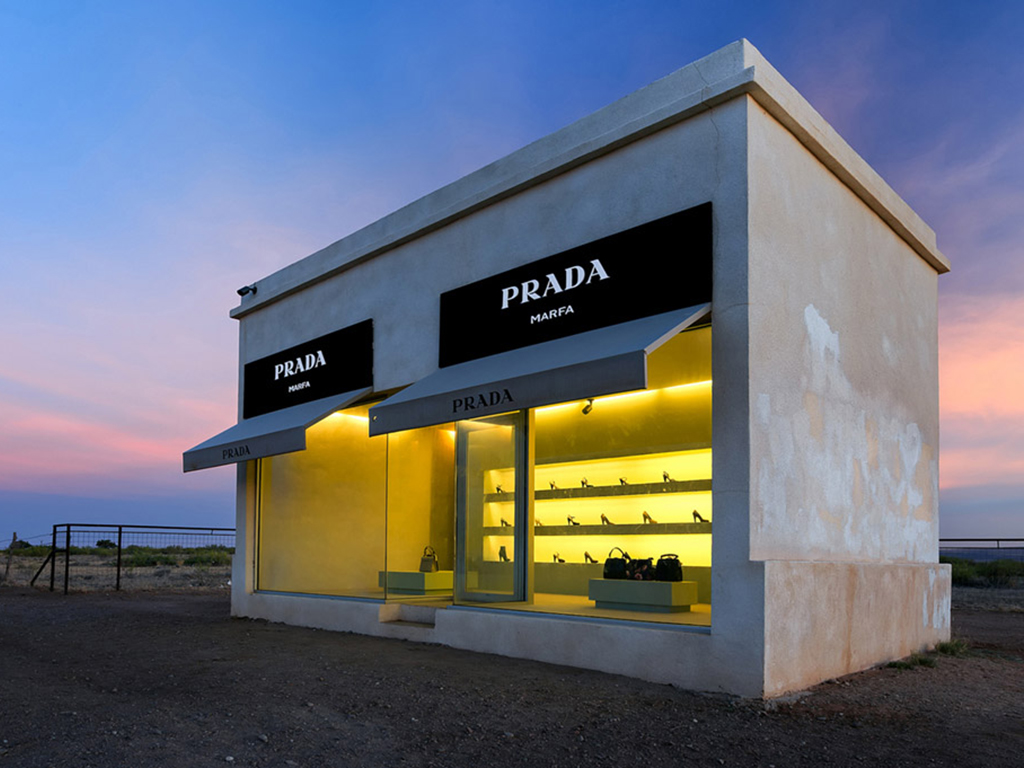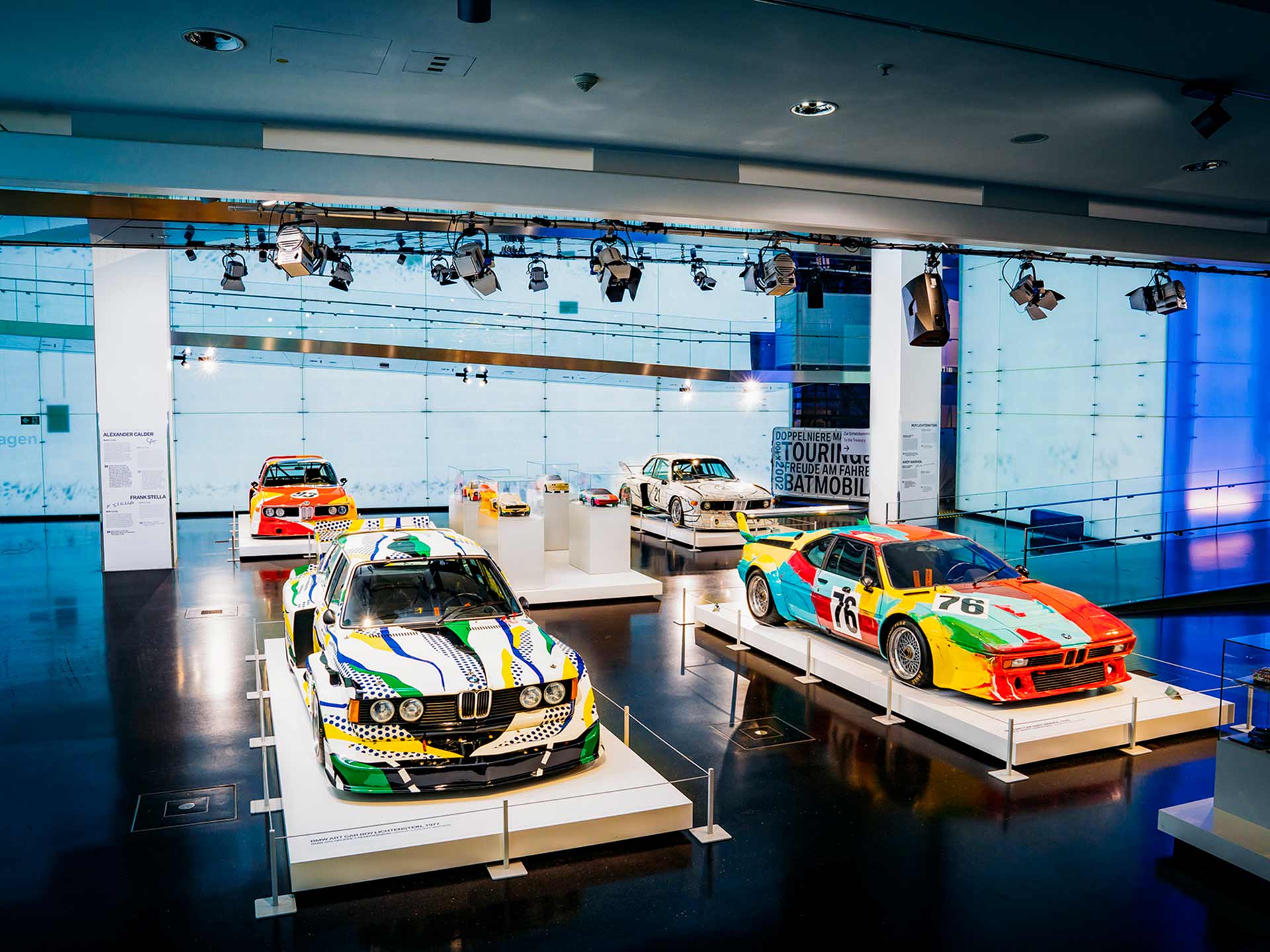
“I’m an artist, I do not do commercials”
Woody Allen
In 1977 Susan Sontag famously stated that ‘Humankind lingers unregenerately in Plato’s cave, still reveling, its age-old habit, in mere images of the truth’ (2). In a world where we are fed an ever-increasing barrage of visual stimuli from the mass media, the statement seems even more resonant.
As the Postmodern age has developed our individual public images have become increasingly important. We all now have the opportunity to compete with professional media through social media that allows us to broadcast our personas. This personal editorialisation demonstrates that brand management, once the preserve of the Corporate world, is now such a dominant and well-known practice that collectively we all seem to have personally adopted its machinations.
Branding is the result of a system where it is not the tangible that is important but rather a suggestion and feeling; a representation of a product. As industry has developed we have arrived at a point where any new product can be instantly copied, flooding the market with hundreds of identical products (3). To ensure visibility they must be seen to be simply better, more effective, more glamourous…
In a phrase that we have quoted before, cultural theorist Adam Arvidsson states that brand management is simply ‘putting human communication to work under managed forms’ (4). In other words, Arvidsson is saying that our modes of personal expression, what we might call ‘cultural practice,’ or ‘Art’, have been commandeered by commerce. Artworks by definition already have such an enigmatic quality. Brands can look to Art for methods on how to establish the necessary mythology around themselves through a combination of sophisticated modern communication tools (e.g. still photography, film, graphic design, copy-writing et al) that are available for broadcast via TV and press advertising, public relations or latterly, the Internet and social networking (4).
We can therefore say that it is a belief of the Corporation that Art can lend a hand to business but this effect goes above and beyond the pragmatic applications. We need only look to international companies such as Deutsche Bank to see how commercial concerns have arisen as some of the World’s biggest Art collectors whilst corporate logos appear alongside artworks on a regular basis through Art sponsorship; witness the influential Unilever Series at London’s Tate Modern or the multitude of Art events sponsored by UBS. Indeed, some parties suggest that such corporate involvement is necessary for the survival of Art as an institution5.
The fact is that since Man’s realisation that goods can be exchanged for money, artists have been able to paint to order.
It does certainly seem to look that way. Increasingly corporations are becoming both a facilitator and the form in Art. We are all used to seeing logos in work with the advent of Pop Art, but in a subtle shift, brands have now become intrinsic parts of the work. Pieces such as the BMW Art Car series or Elmgreen and Dragset’s Prada Marfa would simply not exist without such corporate involvement artists themselves often develop personal styles to a point that they have become reminiscent of brand signatures, witness Hirst or Koons.

The boundary between artistic practice and commerce starts to blur. Modern business needs branding for survival and branding needs to be able to utilise the idioms of cultural practice in order to function. The literal blending of two such disparate worlds would be unimaginable to someone with a Romantic view of the artist as a solitary genius striving to create meaningful work. However, with a historical gaze, this ideal has always been flawed. The fact is that since Man’s realisation that goods can be exchanged for money, artists have been able to paint to order. Culture and commerce have a history together as mutually beneficial companions, and contemporarily the rise of brand management has meant that their co-operative relationship has flourished.
As Roland Barthes showed us, the establishment of mythology relies on the application of description to a given object (6). By contrast, brand management allows an artefact to talk about itself. Where paintings, poems, films and so forth are created, observed, and then interpreted, a brand can mould and shape itself according to that perception. If certain elements of a brand image are proving popular it can become more of those agreeable facets. Conversely, if anything is perceived negatively it has the ability to jettison them and streamline itself. In that way, a brand can create its own meanings in a manner that other cultural artefacts do not. It can promote ‘truths’ that may or may not exist but as long as they are recognised and reiterated within the public sphere they become as good as pure fact; the holy grail of brand management. Brand management can thus be seen as a language, a system of signs and messages designed to promote the positive.
In the late 20th Century the anti-Corporate movement suggested that culture with a commercial driver was somehow suspect. The tide is now turning; brands are now becoming ‘platforms’ for social interaction. When we see Nike allowing customers to design their own equipment or the social e-commerce of Amazon and eBay blending the boundaries of private and commercial sales, we see a palpable move away from the hard sell via advertising towards a mode that allows an audience to create the service that the brand provides (7;8). If in this way, commerce is allowing us to dictate its form and function then the traditional debate of culture versus commerce seems finally settled. If we then accept that we are all involved in branding to some degree, then this creates a mode of existence where the heightened reality of branded communication has become the only reality. Sontag was right after all.
References:
- Allen, W. (1999) Stand Up Comic. New York: Warner
- Sontag, S. (1979) On Photography. London: Penguin
- Arvidsson, A. (2006) Brands: Meaning and value in media culture. Abingdon:Routledge
- Arvidsson, A. (2007) The Logic of the Brand. Trento: University of Trento
- Bargenda, A. (2010) Branding the Global Art Bank: Cultural Heritage at Deutsche Bank. Paris: Pôle Universitaire Léonard de Vinci
- Barthes, R (1977) Image, Music, Text. London: Fontana
- Lury, C. (2006) Brands: the logos of the global economy. 3rd edn. Abingdon: Routledge
- Wolff Olins Branding Agency (2014) http://www.wolffolins.com

